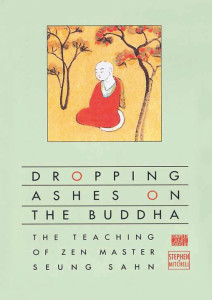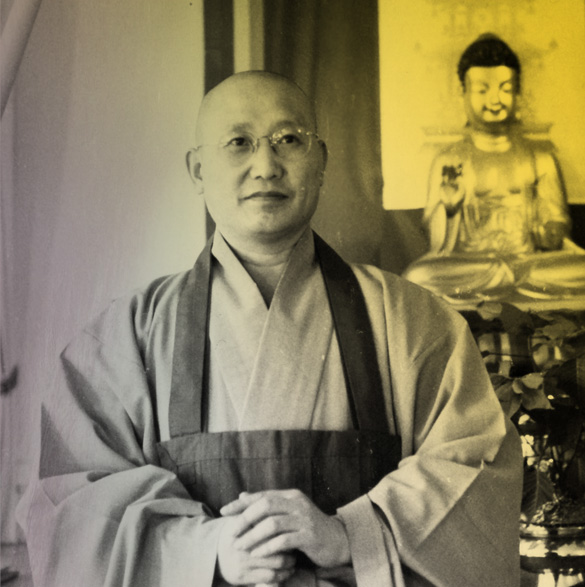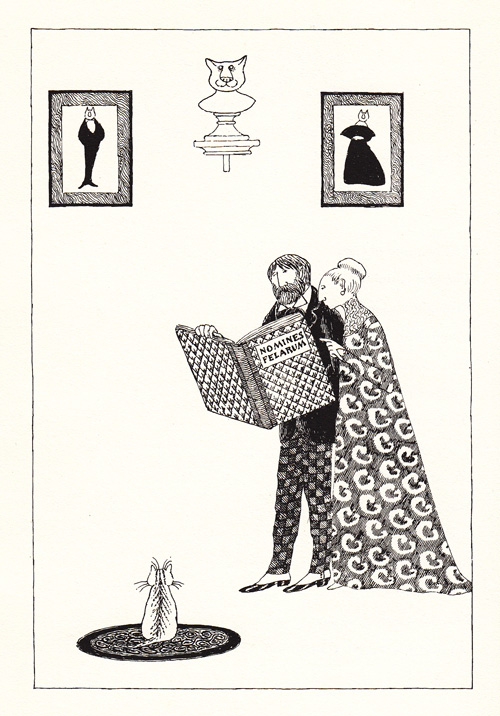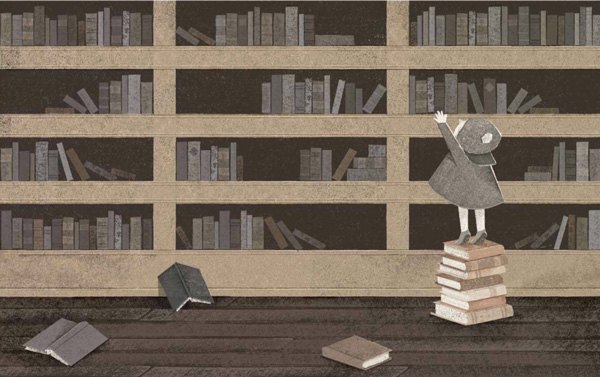A Zen Master Explains Death and the Life-Force to a Child and Outlines the Three Essential Principles of Zen Mind
SPIRITUALITY, 3 Aug 2015
Maria Popova, Brain Pickings – TRANSCEND Media Service
“Zen practice … requires great faith, great courage, and great questioning.”
 If death is so enormous a mystery that we remain unable to wrap our grownup minds around it, despite comfort from our great poets and consolation from our great philosophers, how are tiny humans to make sense of it all? Although there exist some exceptional children’s books about loss and grief, explaining death to a child remains one of the most challenging tasks for a human being to undertake.
If death is so enormous a mystery that we remain unable to wrap our grownup minds around it, despite comfort from our great poets and consolation from our great philosophers, how are tiny humans to make sense of it all? Although there exist some exceptional children’s books about loss and grief, explaining death to a child remains one of the most challenging tasks for a human being to undertake.
Because the language of Zen, holding great complexity of experience in great simplicity of expression, is so organically suited to the child — children, after all, have a way of leaning their minds toward the profound by way of the simple — it is perhaps the best language we have in offering a befitting explanation, as much to ourselves as to our young ones.
That’s what the great Korean-born Zen teacher Seung Sahn Soen-sa (August 1, 1927–November 30, 2004) offers in one of the chapters in Dropping Ashes on the Buddha: The Teachings of Zen Master Seung Sahn (public library) — a tiny treasure of a book originally published in 1976, irreverent yet immensely spiritually invigorating, collecting his correspondence and conversations with Zen students in the West.
Soen-sa recounts his conversation with Gita, the seven-year-old daughter of one of his students at the Cambridge Zen Center, after the death of the center’s beloved cat, cleverly named Katz. (“KATZ!” is the transcription of the famous Buddhist belly-shout, used as a way of focusing energy and intention during Zen practice.) Katz had died after a long illness and was given a traditional Buddhist burial, but the little girl remained troubled by his death. One day after practice, she came to the great Zen teacher for an explanation. He relays the exchange:
“What happened to Katzie? Where did he go?”
Soen-sa said, “Where do you come from?”
“From my mother’s belly.”
“Where does your mother come from?” Gita was silent.
Soen-sa said, “Everything in the world comes from the same one thing. It is like in a cookie factory. Many different kinds of cookies are made — lions, tigers, elephants, houses, people. They all have different shapes and different names, but they are all made from the same dough and they all taste the same. So all the different things that you see — a cat, a person, a tree, the sun, this floor — all these things are really the same.”
“What are they?”
With an eye to our tendency to mistake a thing’s name for its thingness, Soen-sa answers by urging the little girl to contact the universal life-force of the metaphorical cookie dough:
“People give them many different names. But in themselves, they have no names. When you are thinking, all things have different names and different shapes. But when you are not thinking, all things are the same. There are no words for them. People make the words. A cat doesn’t say, ‘I am a cat.’ People say, ‘This is a cat.’ The sun doesn’t say, ‘My name is sun.’ People say, ‘This is the sun.’
So when someone asks you, ‘What is this?’, how should you answer?”
“I shouldn’t use words.”
Soen-sa said, “Very good! You shouldn’t use words. So if someone asks you, ‘What is Buddha?’, what would be a good answer?”
Gita was silent.
Soen-sa said, “Now you ask me.”
“What is Buddha?”
Soen-sa hit the floor.
Gita laughed.
Soen-sa said, “Now I ask you: What is Buddha?”
Gita hit the floor.
“What is God?”
Gita hit the floor.
“What is your mother?”
Gita hit the floor.
“What are you?”
Gita hit the floor.
“Very good! This is what all things in the world are made of. You and Buddha and God and your mother and the whole world are the same.”
Gita smiled.
Soen-sa said, “Do you have any more questions?”
“You still haven’t told me where Katz went.”
Soen-sa leaned over, looked into her eyes, and said, “You already understand.”
Gita said, “Oh!” and hit the floor very hard. Then she laughed.
Soen-sa ends the anecdote with an exchange intended to be funny, but in fact a tragic testament to contemporary Western education being a force of industrialized specialization, deliberately fragmenting the unity of all things and deconditioning our inner wholeness:
As she was opening the door, she turned to Soen-sa and said, “But I’m not going to answer that way when I’m in school. I’m going to give regular answers!” Soen-sa laughed.
In another section of the book, Soen-sa examines the principles and practices that help us cultivate the pre-thinking mind necessary for truly tasting the metaphorical cookie dough of the universal life-force. Responding to a letter from a Zen beginner, a young woman named Patricia who had trouble grasping the value and very notion of “don’t-know mind,” he writes:
Throw away all opinions, all likes and dislikes, and only keep the mind that doesn’t know… Your before-thinking mind, my before-thinking mind, all people’s before-thinking minds are the same. This is your substance. Your substance, my substance, and the substance of the whole universe become one. So the tree, the mountain, the cloud, and you become one… The mind that becomes one with the universe is before thinking. Before thinking there are no words. “Same” and “different” are opposites words; they are from the mind that separates all things.
A few months later, in another letter to Patricia, he explores the three pillars of Zen’s don’t-know mind:
Zen practice … requires great faith, great courage, and great questioning.
What is great faith? Great faith means that at all times you keep the mind which decided to practice, no matter what. It is like a hen sitting on her eggs. She sits on them constantly, caring for them and giving them warmth, so that they will hatch. If she becomes careless or negligent, the eggs will not hatch and become chicks. So Zen mind means always and everywhere believing in myself…
Great courage … means bringing all your energy to one point. It is like a cat hunting a mouse. The mouse has retreated into its hole, but the cat waits outside the hole for hours on end without the slightest movement. It is totally concentrated on the mouse-hole. This is Zen mind — cutting off all thinking and directing all your energy to one point.
Next — great questioning… If you question with great sincerity, there will only be don’t-know mind.
Complement Dropping Ashes on the Buddha, indispensable in its entirety, with the great D.T. Suzuki on how Zen can help us cultivate our character, Alan Watts on death, and beloved Zen teacher Thich Nhat Hahn on how to do “hugging meditation.”
_______________________________
Brain Pickings is the brain child of Maria Popova, an interestingness hunter-gatherer and curious mind at large obsessed with combinatorial creativity who also writes for Wired UK and The Atlantic, among others, and is an MIT Futures of Entertainment Fellow. She has gotten occasional help from a handful of guest contributors.
Go to Original – brainpickings.org
DISCLAIMER: The statements, views and opinions expressed in pieces republished here are solely those of the authors and do not necessarily represent those of TMS. In accordance with title 17 U.S.C. section 107, this material is distributed without profit to those who have expressed a prior interest in receiving the included information for research and educational purposes. TMS has no affiliation whatsoever with the originator of this article nor is TMS endorsed or sponsored by the originator. “GO TO ORIGINAL” links are provided as a convenience to our readers and allow for verification of authenticity. However, as originating pages are often updated by their originating host sites, the versions posted may not match the versions our readers view when clicking the “GO TO ORIGINAL” links. This site contains copyrighted material the use of which has not always been specifically authorized by the copyright owner. We are making such material available in our efforts to advance understanding of environmental, political, human rights, economic, democracy, scientific, and social justice issues, etc. We believe this constitutes a ‘fair use’ of any such copyrighted material as provided for in section 107 of the US Copyright Law. In accordance with Title 17 U.S.C. Section 107, the material on this site is distributed without profit to those who have expressed a prior interest in receiving the included information for research and educational purposes. For more information go to: http://www.law.cornell.edu/uscode/17/107.shtml. If you wish to use copyrighted material from this site for purposes of your own that go beyond ‘fair use’, you must obtain permission from the copyright owner.


